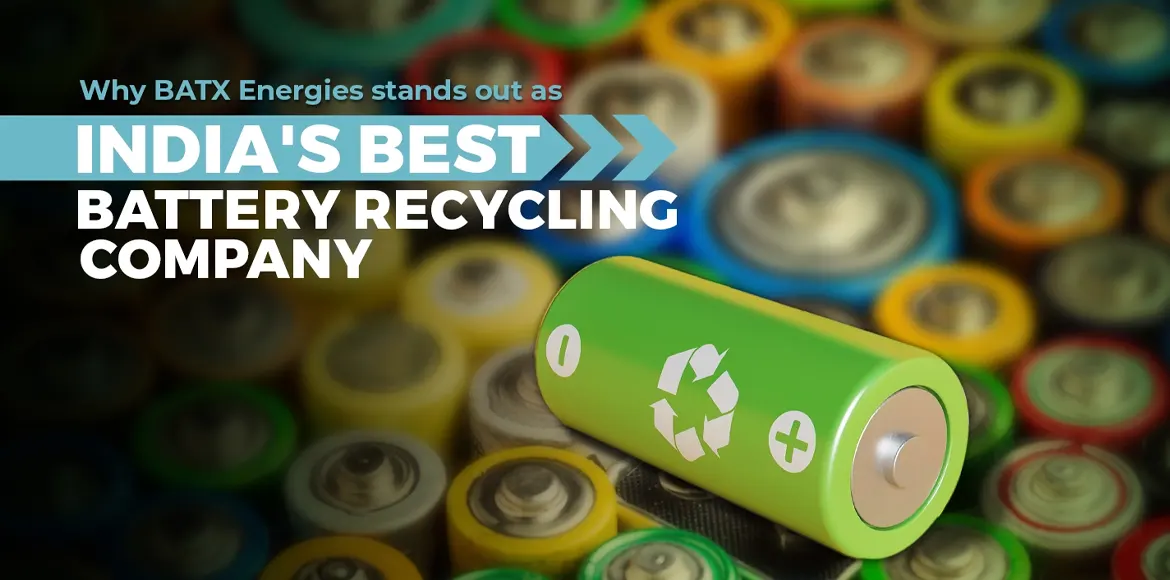India’s Role in the Global Battery Recycling Supply Chain

India is at a crossroads in the global push for sustainability, poised to become a pivotal player in the battery recycling supply chain. As the world races toward electrification—powered by electric vehicles (EVs), renewable energy storage, and consumer electronics—the demand for batteries, particularly lithium-ion and lead-acid types, is surging. But with this boom comes a pressing challenge: what happens to these batteries when they reach the end of their life? Enter India, a nation with the potential to transform battery waste into a strategic asset, bolstering the global circular economy. In 2025, India’s role in this supply chain is evolving rapidly, driven by necessity, innovation, and ambition. Let’s dive into how India is shaping up—and what’s at stake.
This waste isn’t just a problem; it’s an opportunity. India lacks significant reserves of these key battery minerals, relying heavily on imports from countries like China. Recycling could flip the script, turning discarded batteries into a domestic resource and reducing dependence on volatile global supply chains. As the world scrambles to secure these materials amid geopolitical tensions, India’s ability to recycle efficiently could make it a linchpin in the global battery ecosystem.
A Growing Battery Waste Challenge
India’s EV revolution and renewable energy ambitions are fueling an unprecedented rise in battery use. By 2030, the country’s lithium-ion battery market is projected to hit 132 GWh, according to JMK Research, with a significant chunk eventually becoming waste. Already, India has collected over 2,570 metric tonnes of EV battery scrap since 2022, spurred by the Battery Waste Management Rules of that year. Meanwhile, lead-acid batteries, widely used in traditional vehicles and backup power systems, boast an impressive recycling rate of around 80% domestically. Yet, lithium-ion recycling lags far behind, with less than 5% currently recovered—a stark contrast to the global need for critical materials like lithium, cobalt, and nickel.
Kathryn Murphy
Challenges to Overcome
The road to global prominence isn’t without potholes. India’s lithium-ion recycling infrastructure is underdeveloped, with high upfront costs for gigafactories and advanced facilities posing a barrier. Unlike lead-acid, lithium-ion batteries require complex processes—hydrometallurgy or pyrometallurgy—to extract materials, and current capacity handles just 75,000 metric tons annually, a fraction of what’s needed.

